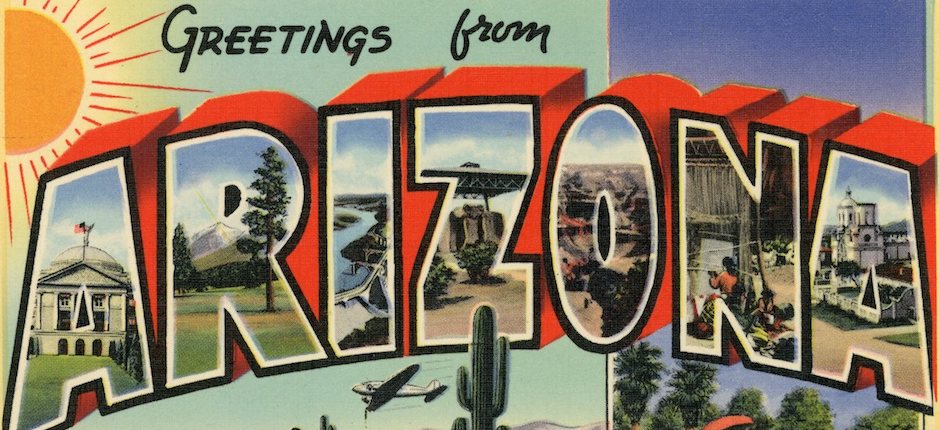In Search of ‘the Commons’ in Modern America
My Rhode Island Town Has Had a Communal Green Since 1694, but Today’s Public Spaces Are Complicated and Splintered
“The commons” is a concept, an ideal. The commons are property we all share, property that’s owned not by any one person or group, but that’s held—well, in common. It also has a distinct history in the U.S., harking back to early American towns having an actual commons, an undivided piece of land owned jointly by all the residents of a town. It was a place where all could graze their cattle, bury their dead, and meet for church and …











